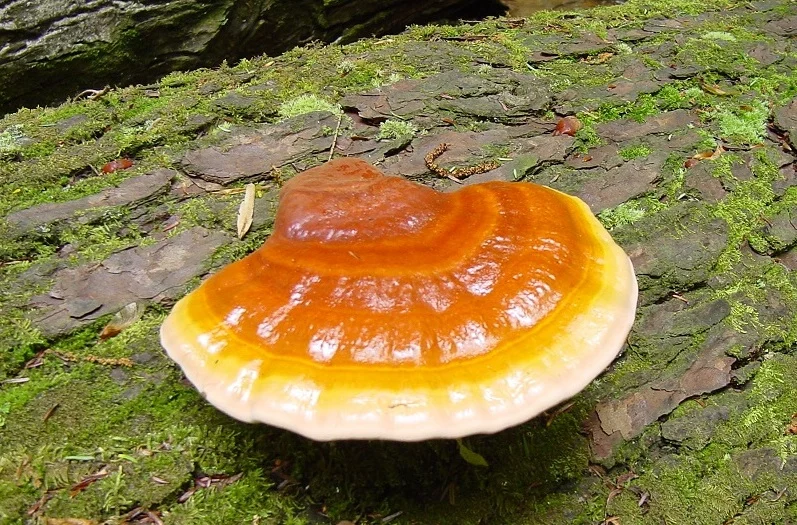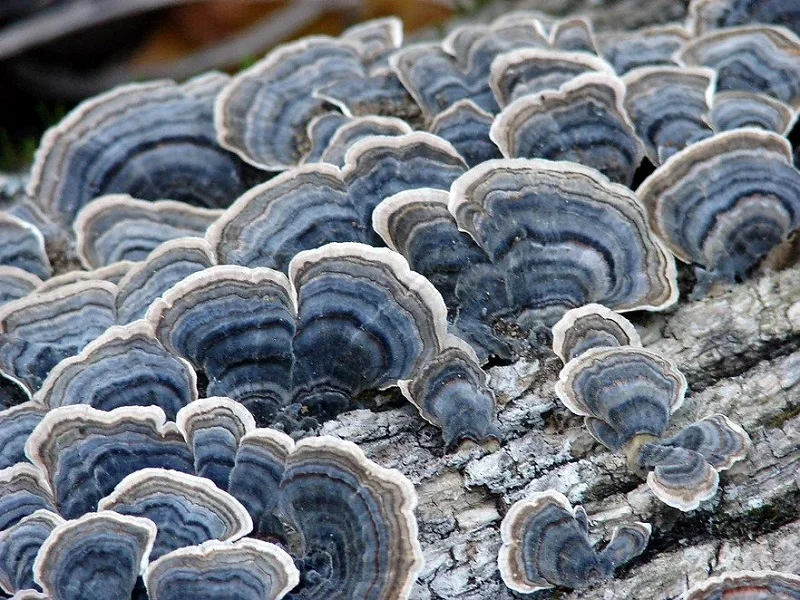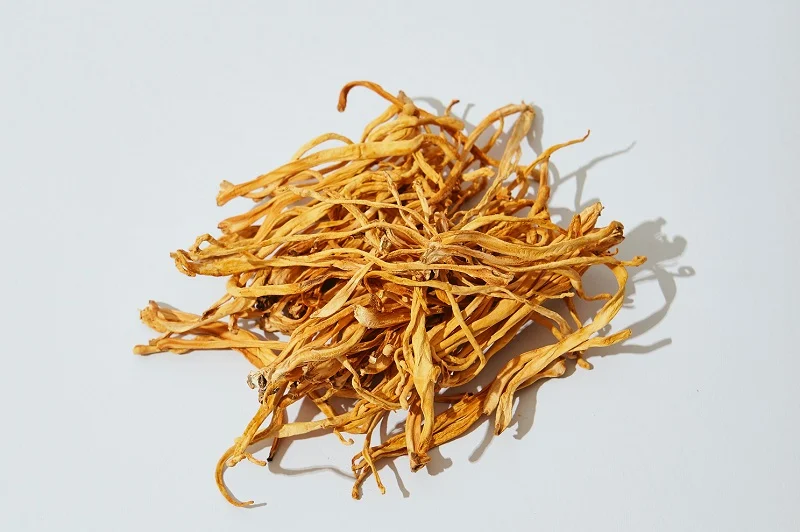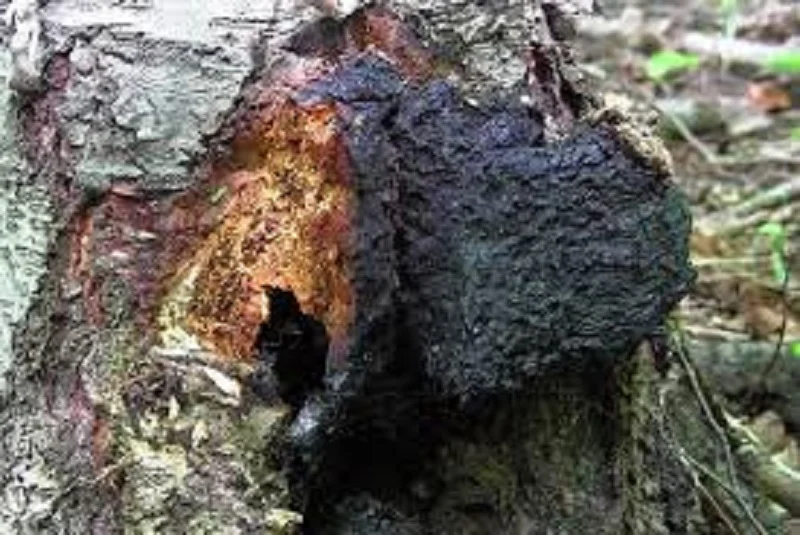Amidst the abundant biodiversity of our planet, thrives a vast array of mushrooms – an estimated three million species to be exact. Astonishingly, only a minuscule proportion of this kingdom, a mere 0.0004 percent, have ascended to the elevated status of functional or medicinal mushrooms, with a paltry number of roughly twelve boasting such credentials. Albeit, these fungi do not necessarily bear the same flavorsome qualities as their gourmet counterparts, they instead provide a particular benefit, and hence earn the title of medicinal.
The rarefied community of functional mushrooms further narrows to a select group of five. These mushrooms are held in high esteem, and for good reason. Scores of studies have been conducted on these cherished five, some of which have been venerated for millennia. Today, millions of people worldwide turn to these mushrooms as supplements. This blog will take a comprehensive look at each of these five marvels. We shall delve into their cultivation, what sets them apart, and above all, the potential advantages they hold for you.
1. Reishi

Throughout the annals of history, humanity has revered mushrooms for their restorative properties. This time-honored tradition is especially true for the ‘Mushroom of Immortality’, known in scientific circles as Reishi. This formidable fungus has withstood the test of time, earning a place as one of nature’s most potent healers.
To the palate, Reishi is unapologetically bitter and rather woody, hardly a culinary delicacy. Yet, this mushroom should not be judged harshly for its acrid taste, for it is precisely this bitterness that imbues it with an array of health benefits. Triterpenoids, specifically ganoderic acids, are the potent compounds found within Reishi, setting it apart from its peers. These compounds give rise to better sleep, relaxation, and an overall calming effect.
According to traditional literature, Reishi has a hypnotic effect, but in reality, its effects are more subtle, requiring consistent use over time. However, when it comes to immune support, this mushroom is no pushover. The immune-boosting properties of Reishi stem from its abundant fungal beta-glucans. Furthermore, it aids in the battle against seasonal allergies, likely due to its immune-balancing or immunomodulating effects.
Reishi’s Latin name is Ganoderma lucidum, where “Ganoderma” translates to “shiny skin.” Indeed, its shiny surface gives it an almost ethereal appearance, befitting of a plant so revered for its otherworldly abilities.
Growing Reishi
Behold the mighty Reishi mushroom, also known as ‘the varnished conk’, for its lustrous, almost iridescent appearance. This polypore mushroom, unlike others, lacks gills and instead sports a mass of spore-producing pores. Each Reishi fruiting body is a spore factory, producing billions upon billions of spores, so many that they form a velvety layer atop the mushroom.
To cultivate Reishi, farmers inoculate hardwood logs with the Reishi culture and partially bury them underground to retain moisture. With a growing time of up to nine months outdoors, and six months indoors, Reishi is a slow-growing species. Unlike other fungi that prefer cooler temperatures, Reishi thrives in the heat, with the summer months being the best time for cultivation.
Although it produces a prodigious amount of spores, the mushroom’s fecundity works in our favor. For within these spores lie many potent compounds, just like those found in the fruiting body. Harvesting and extracting these spores is a common practice, with the most beneficial Reishi supplements containing dual extracts of both spores and fruiting body. Forest-Hug’s Reishi mushroom tinctures, for instance, utilise both components, harnessing the full potential of this marvelous mushroom.
The most beneficial Reishi mushroom supplements are going to contain dual extracts of both the spores and the fruiting body. This is the reason why Forest-Hug’s own Reishi tinctures include both the spores and the fruiting body.
2. Turkey Tail

Behold the majestic Turkey tail, a common mushroom with uncommon healing powers. As you wander through the forest, you may overlook this marvel of nature, but here on our website, we do not dismiss its extraordinary benefits. Among all medicinal mushrooms, Turkey tail reigns supreme in its ability to support the immune system.
Beta glucans are the key compounds within Turkey tail that interact with our immune system, enhancing its performance through the process of immunomodulation. With a high concentration of beta glucans, Turkey tail can trigger the immune system to take on any challenge that may come our way. It can even tame an overactive immune response. Regular intake of Turkey tail is akin to a workout for the immune system, training it to take on the toughest of foes.
The Latin name for Turkey tail is Trametes versicolor, which translates to “the thin one” and “many colors.” The striking resemblance of Turkey tail to a turkey’s tail is not to be missed. It too is a polypore, bearing pores instead of gills on its underside. It is a natural inhabitant of hardwood logs, making it a common sight in the forest.
Growing Turkey Tail
The marvel of Turkey tail mushroom does not stop at its abundant health benefits. This mushroom is also a delight to cultivate. Growing with a natural ease, it unfurls its colorful, thin caps with joyful abundance. And when it is time to harvest, one can enjoy its benefits by simply simmering it in hot water to make a fragrant, flavorful tea.
Alternatively, one can extract it to create a tincture supplement that is easy to use. It is interesting to note that Turkey tail’s potent fungal beta glucans, the compounds responsible for its immune-boosting power, are water-soluble. Therefore, hot water extracts of this remarkable mushroom are an ideal way to extract its potent goodness.
3. Cordyceps

Imagine you were a moth living your life high on a Tibetan Plateau. You’re having a pretty good day, but suddenly you start getting a headache. Next thing a mushroom sprouts from your head and you die. Luckily the same mushroom that kills moths and insects doesn’t have the same dramatic effect on us humans. It won’t kill us and turn us into zombies. In fact, does the opposite. Cordyceps helps with energy, endurance and athletic performance.
Cordyceps contains a compound called cordycepin. Cordycepin is similiar to a molecule in the body called adenosine. Adenosine is a molecule that we humans use to make cellular energy. They are so similiar that cordycepin can take part in several chemical reactions inside of our body. This is why athletes often use Cordyceps for energy and endurance.
Interestingly, Cordyceps is also a true adaptogen. Adaptogen is a term that gets thrown around a lot, but it is a real scientific term. The definition of an adaptogen is ‘a natural substance which helps the body adapt to stress and has a normalising effect on bodily processes’. Even though people call all medicinal mushrooms adaptogens, Cordyceps is really the only proven one. Reishi is in fact a ‘probable adaptogen’.
Growing Cordyceps
Amidst the wilds, Cordyceps thrives on hapless bugs. But human cultivators have learned to coax it into being without relying on hapless victims. This mushroom flourishes on soy and rice beds, though growing it is five times more arduous than other medicinal fungi. Unlike its counterparts, it can withstand frigid climates and grow in dense clusters. Slow growth and cold temperatures are key in producing more of cordycepin, the bioactive compound that powers its benefits. Consequently, Cordyceps cultivation is restricted to winter months.
It’s essential to distinguish between two types of Cordyceps: Cordyceps militaris and Cordyceps sinensis. The former is cultivated by humans and hence, ideal for supplements. The latter, growing exclusively in the wilds of Tibet and Bhutan, relies on bugs to thrive, and is far too expensive to be a viable supplement. A kilogram of Cordyceps sinensis costs upwards of 20,000 US dollars, an astronomical price tag. Fortunately, Cordyceps militaris outshines its natural counterpart with even higher levels of cordycepin, making it the superior choice.
4. Chaga

Discover the Ugly Duckling of Medicinal Mushrooms: Chaga, the King of Antioxidants!
At first glance, Chaga looks like an unsightly lump of coal that’s devouring a birch trunk. Yet, don’t let its outward appearance fool you! Wild Chaga is brimming with health benefits that have earned it the title of the “KING” of medicinal mushrooms.
Although it’s not as aesthetically pleasing as other mushrooms, Chaga is a potent antioxidant and contains immune-supporting beta-glucans and powerful triterpenoids. These compounds give Chaga its unique set of health benefits, including its antiviral and anti-inflammatory properties. It’s no wonder why Chaga is on the list of the world’s most powerful medicinal mushrooms.
Chaga consists of two parts: Chaga mycelium and birchwood, due to its relationship with birch trees. Wild Chaga also contains betulin and betulinic acid, which are responsible for many of the mushroom’s benefits. That’s why it’s crucial for Chaga to be picked in the wild.
To reap the full benefits of Chaga, it’s important to do a dual extraction using hot water for the beta-glucans and alcohol for the triterpenoids. You may have heard of Chaga as a coffee replacement, as it was commonly used during World War II when coffee and sugar were in short supply. Chaga’s abundance in the large birch forests of the north made it a perfect substitute.
Don’t let Chaga’s unconventional appearance turn you off from its impressive health benefits. Add it to your wellness routine today and experience the regal power of the “King” of medicinal mushrooms.
How to consume Chaga?
Incorporating Chaga into your daily routine is a surefire way to give your wellness a boost, and what better way to do so than by starting your day off with a warm and comforting beverage? While Chaga may look like coal, it is a powerful antioxidant that is considered the “king” of medicinal mushrooms.
It’s true that you can brew Chaga just like coffee, but keep in mind that it requires a longer brewing time and, unlike coffee, it does not contain caffeine. Although it may be tempting to simply simmer the Chaga in hot water, doing so means you’ll miss out on the many health benefits that come from alcohol extraction.
Don’t worry, there’s an easy solution. Rather than using Chaga as a coffee replacement, you can simply add a single milliliter of our Chaga tincture to your morning cup of joe. This ensures that you reap all the health benefits without sacrificing taste. So go ahead and start your day with a warm, comforting, and healthful drink!
5. Lion’s Mane Mushroom

Lion’s Mane, a humble mushroom once obscure, has emerged as one of the most sought-after nootropics globally, and with good reason. It boasts unique compounds, exclusive to this mushroom, that offer benefits to human cognitive function. Studies show it improves focus, mood, and cognition. But why are people flocking to Lion’s Mane for its brain-boosting properties? The answer lies in two special compounds: hericenones and erinacines. These compounds stimulate the growth of nerve growth factor (NGF), which is crucial for the growth and protection of nerves, including neurons in the brain.
The snag is that NGF is a massive molecule, too large to cross the blood-brain barrier. But Lion’s Mane contains hericenones and erinacines, which are smaller molecules capable of bypassing this barrier and stimulating the production of NGF.
Study – Lion’s Mane improves mood in post-menopausal women
Lion’s Mane mushroom may be small, but it has big benefits. While this humble fungus is best known for its ability to improve focus and memory, it has much more to offer. In a recent study, 30 post-menopausal women were given Lion’s Mane cookies for four weeks. The results were clear: those who ate the Lion’s Mane cookies reported feeling less irritable and anxious compared to those who ate a placebo.
But Lion’s Mane’s benefits don’t stop there. As with all medicinal mushrooms, it contains high levels of fungal beta glucan, which helps support the immune system. And unlike other medicinal mushrooms, Lion’s Mane is a delicious gourmet mushroom, with a taste often compared to seafood. Some even use it as a replacement for crab. With its dual roles as a powerful medicinal and gourmet mushroom, it’s no wonder Lion’s Mane has become such a popular choice.
